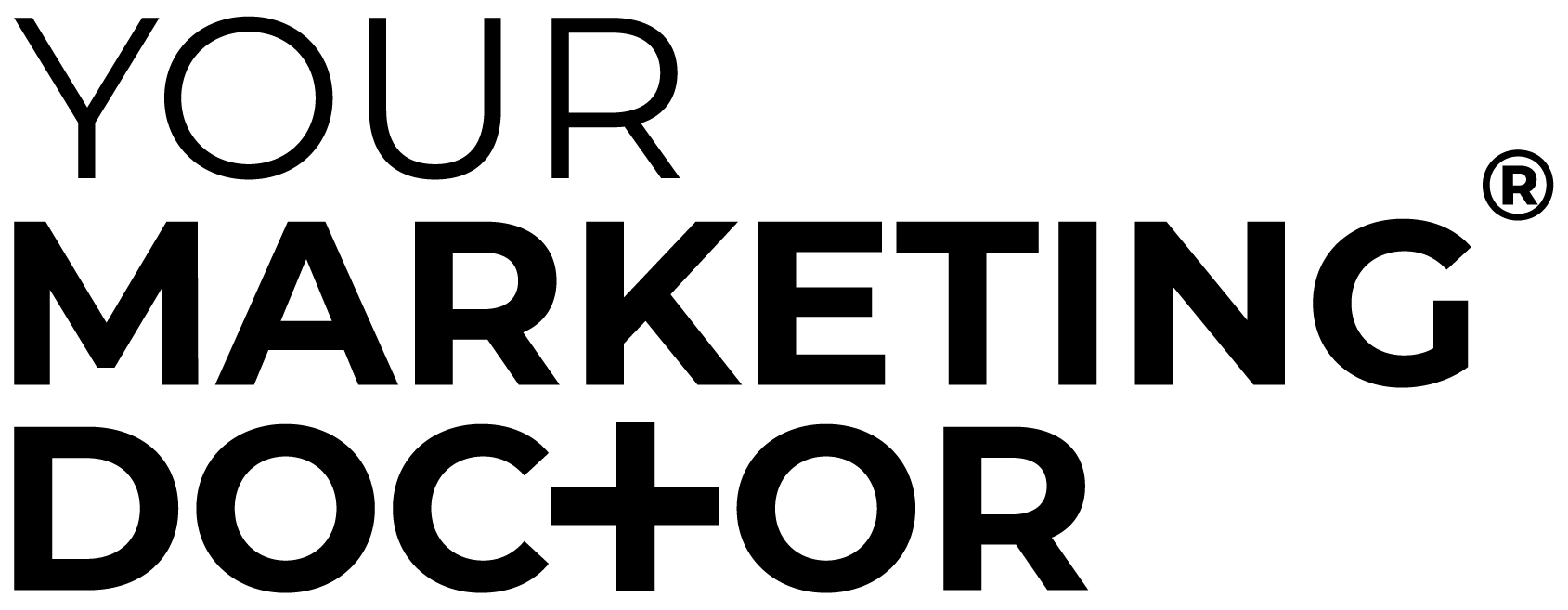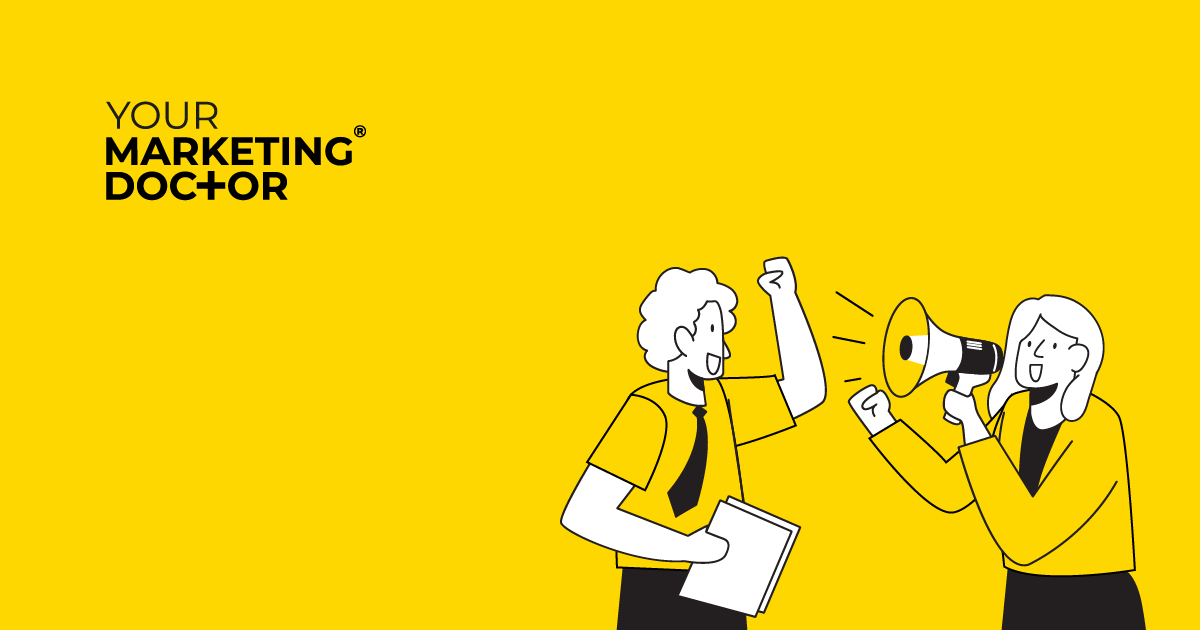That headline sounds harsh, but it’s a true reflection on us all as consumers. We buy things to achieve a happier or easier life. So, when we have an urge or a problem, we look to goods and services to solve them.
But it’s not as simple as just parting with cash. In today’s consumerist society, we are presented with a huge amount of choice. This has turned us in to a fickle species that likes to weigh up the options and make sure we’re getting the best value for money.
As small businesses, we are lined up alongside endless competition, most of which have more budget and brand clout than us. Unfortunately, we don’t always have the resources to compete. We’re easily drowned out – so we must be savvy in the way we promote our business.
We need to resonate with our customer’s problems first.
The most effective way to hook your customers in is to make your top line all about their problems. There’s a really interesting phenomenon as to why this works.
Have you ever bought a new car and then felt like you are seeing the same car on the road everywhere you go?
In psychology, the concept is called the Baader-Meinhof phenomenon, or more commonly known as “the frequency illusion.” When something becomes of value to you, your senses are heightened to it, and you are more likely to spot it again and again.
This is true for both objects and emotions. If we are feeling an emotion, we are likely to prick our ears up if someone mentions that they are feeling the same. We are awakened to that emotion, and we feel a state of safety when others empathise.
How does this work in marketing and advertising?
As a business, if we simply say how great we are and end with “so speak to our friendly team today!” we are not bringing any form of empathy or comfort to our potential customers. “We have 20 years’ experience in our field, so we know exactly what we’re doing!” – that’s great, but it doesn’t resonate with our audience’s heightened emotional state while they are searching for a solution.
If our customers can’t relate to these messages, they switch off. But by harnessing the power of the Baader-Meinhof phenomenon, we can make our perfect customer’s ears prick up – stealing the attention away before they consider buying from a competitor.
Those daytime TV infomercials are great at this trick. A few years ago, there was a regular infomercial for an expandable garden hose (I think of it often) which starts with the line: “Tired of tugging and lugging your hose? It’s heavy, it tangles – as everyone knows! You need the X-Hose, the incredible expanding hose!” The whole infomercial goes on to explain the benefits and the promotion.
This is literally the simplest and most perfect example of putting the customer’s problem first in your message. If you own a regular old garden hose, you know how annoying it is to manoeuvre. It’s heavy, it tangles – as everyone knows. When you hear that line, your ears prick up. When you see the solution, you’re pretty much sold there and then. Sod buying a hose reel, the incredible expanding hose will solve the problem best!
The expandable hose is one of those genius inventive products like you’d expect to see on Dragon’s Den – but the theory of placing your customers problems at the front of your marketing can work well for most products, and particularly well for any service-based business.
Slap them in the face with their problem – then tell them how you can solve it.
I know the hose ad is corny. You don’t have to be corny and loud or have a rhyme and a jingle. You just need to state their problems and how you intend to solve them, reiterating the benefits that will make them happy and free from stress.
Then you can boast about your credentials – the proof as to why you are the best at what you do.
We can figure all this out by working on your proposition. My Proposition Clinic helps you uncover your customer’s problems. The end result is a really clear Proposition Guide that becomes your bible for marketing.
Find out more here: Value Proposition Development

